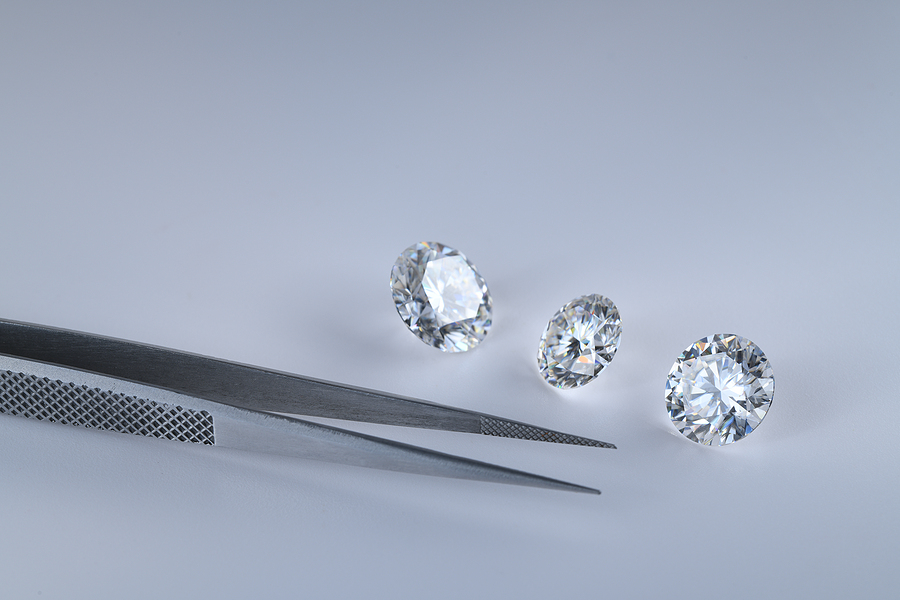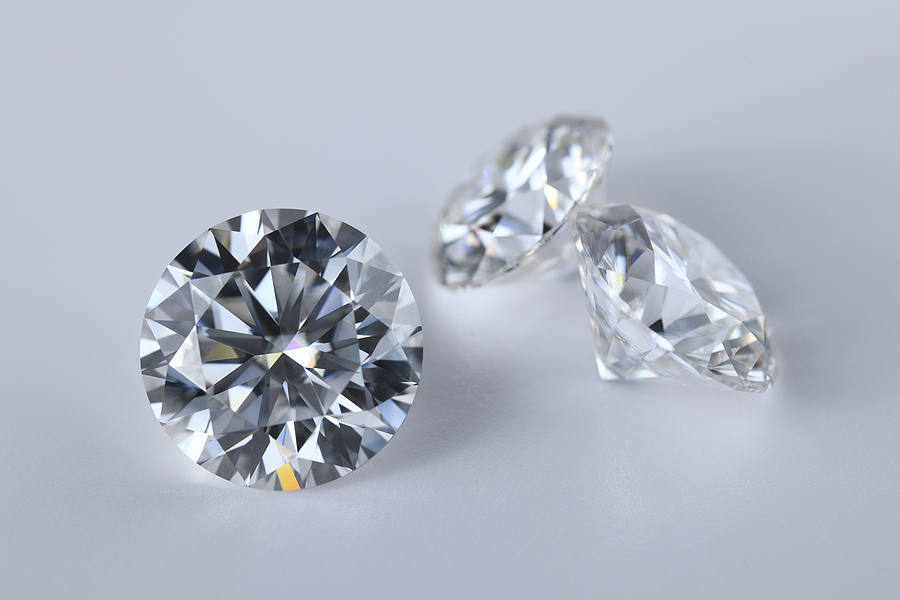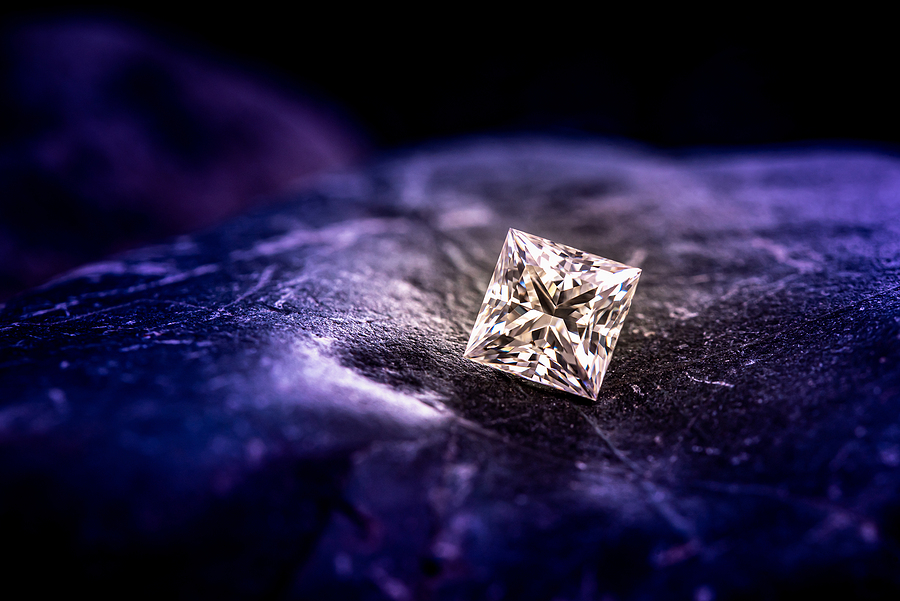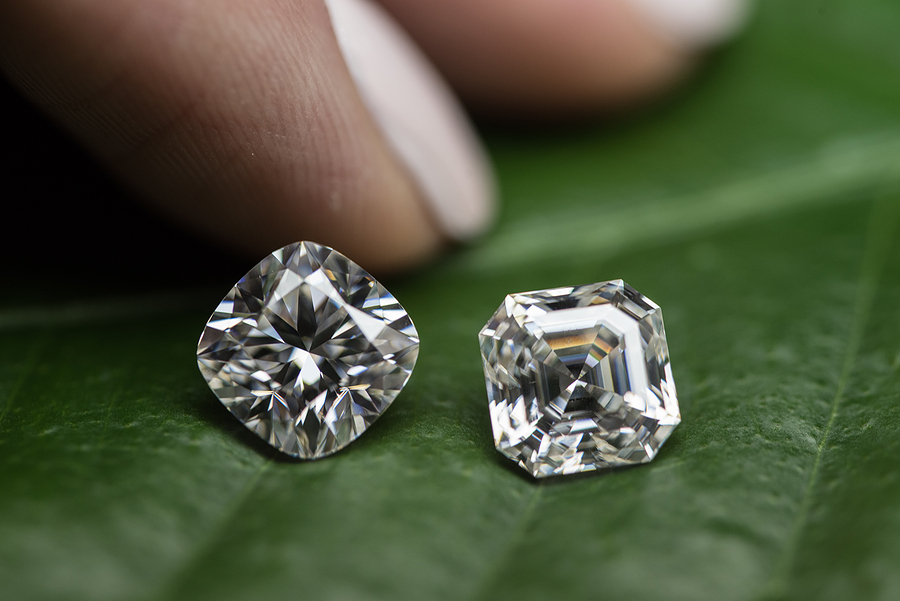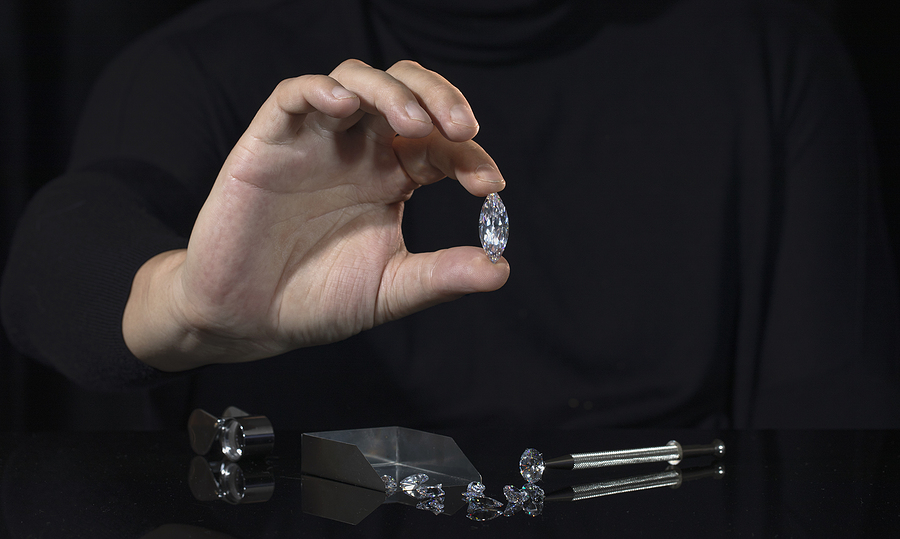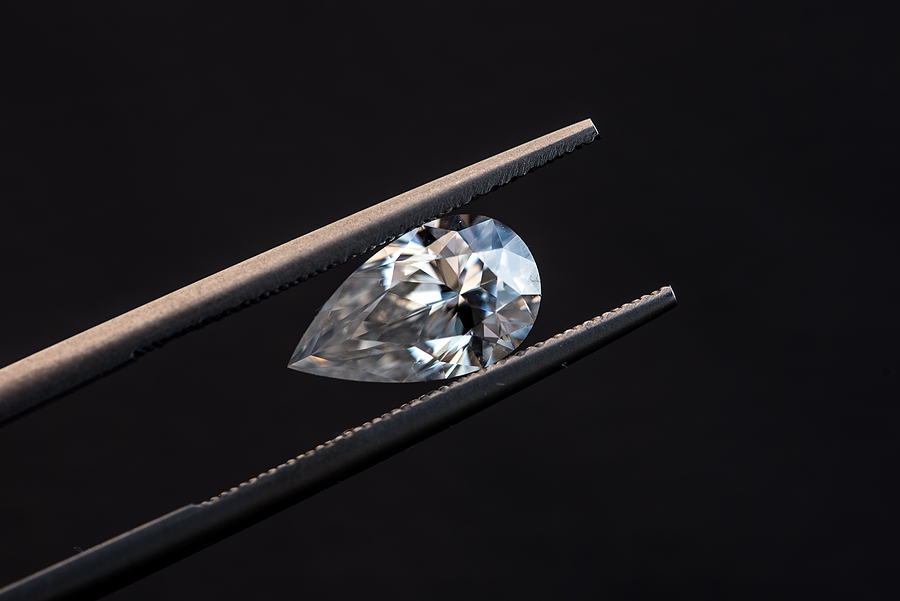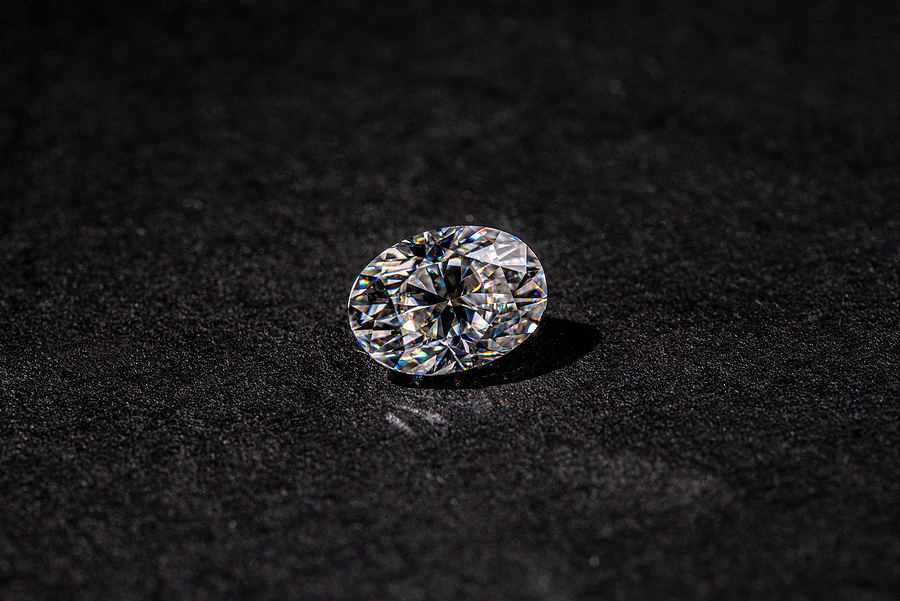The ten fundamental diamond shapes to pick from include round, princess, emerald, asscher, cushion, radiant, pear, oval, marquise, and heart. Continue reading to learn more about each shape and which one best suits your or your partner's personality.
It's also worth noting that the phrase "diamond cut" does not refer to the shape of the diamond. While a diamond must be cut to get a shape, the shape is essentially the diamond's overall geometry or form (round, square, etc.), whereas the cut is the diamond's facets and proportions — what gives diamonds their brilliance and fire.
Round = Classic
Round shape is the most popular diamond shape for engagement rings, accounting for more than 75% of all diamonds sold. They are also referred to as brilliant or RBC (brilliant round cut) since they are the most common brilliant-cut diamonds. Round diamonds, invented by Marcel Tolkowsky in 1919, have 58 facets, which permit light to bounce from the bottom of the diamond to the top, giving it incredible radiance. The design is incredibly adaptable and ageless, looking clean and modern in simple settings while also looking well in more ornate settings. A well-set round diamond, in a nutshell, will give you the most dazzle for your buck.
Princess = Ladylike
The year was 1961, and jewelry designer Arpad Nagy was working on the princess, a square-shaped diamond with a variety of exquisite facets (ranging from 49 to 144, depending on the diamond's size). Since then, snatching up the sparkling shape for their engagements has been a trend among girly girls and the men who adore them. The princess is the second most popular form after the round and is often worn as a solitaire engagement ring. Greater facets mean more glimmer on this square or rectangular stone with pointed corners, which has seen a resurgence in recent years. Because the additional facets boost the diamond's intrinsic shine and brilliance, it's possible that faults will go unnoticed. Princess diamonds are also one of the most affordable diamond shapes.
Emerald = Glamorous
This is your diamond if you're all about glitz and glam. The huge table (the flat area on top) shows off the rock's clarity better than any other shape. It's a rectangular shape with long, lean facets going down the edges. It makes up for its lack of brilliance with its serene elegance and cool assurance. The emerald was named after the most popular shape for emeralds in the 1920s. It has long, glamorous lines, a rectangular shape with cut corners that mimic stair steps (it's often called a step cut), and it was created during the art deco period.
Asscher = Vintage lover
The Asscher is bold and dramatic, evoking a very 1920s-1930s art deco feel (it's sometimes dubbed the square emerald cut). It's almost the same as the emerald cut, except that this magnificent shape is square. It has a thick, almost bulky contour, clipped corners (sometimes deep enough to seem like an octagon), and dramatic sides design (facets that separate it other similary shapes such as the princess shape) The Asscher brothers of Amsterdam created this form in 1902, and it was popular through the 1930s — and now with antique and vintage-style enthusiasts.
Cushion = The Romantic
She expects the finest in everything she does, which is why she chose you in the first place. So, if you're a lady who always knows what she wants, it's most likely the romantic cushion. Cushions, also known as pillow cuts, are rectangles with rounded edges and larger facets to boost brightness (notice that cushions are more difficult to accomplish on smaller stones). Cushion cuts, formerly one of the most popular diamond shapes a century ago, harken back to a time of romance and elegance and are ideal for individuals who value clarity. This is the shape for you if you both obviously do.
Marquise = Dramatic
The majestic marquise, like most interesting objects, is entrenched in dramatic history. According to legend, this cut was created during Louis XIV's reign in the 18th century and was named for his mistress, the Marquise de Pompadour, and inspired by her smile. The tapered cut, which is essentially an oval with rounded sides and points at each end, is unique and striking, much like the women who wear it. To reflect light, modern versions frequently have a hexagon-shaped surface with facets on the top and bottom. This innovative design can also make fingers appear slimmer and slenderer, thanks to its extended shape. It's great for individuals who want to get the most out of their money.
Oval = innovative
Oval diamonds, like round diamonds, have a tremendous brightness. Because the oval's extended design lends the sense of length to the hand, resulting in slender-looking fingers, this shape is popular as a solitaire among persons with smaller hands or shorter fingers. However, side stones, whether smaller diamonds, sapphires, emeralds, or other gems, are frequently bordered by the oval, appealing to a wide range of tastes.
Pear = Unique
This exquisite hybrid, which combines the best of the marquise and the oval, resembles a glittering teardrop, like the one that would stream down her face after you offer it to her. And we're confident they'll be happy tears. The pear shape is popular for pendants and earrings, but it's also a distinctive and fantastic choice for engagement rings. It can be "fatter" or "longer," depending on your liking. It's not generally set with extravagant accent stones because of its uneven shape.
Radiant = diva
The radiant mixes the beautiful glamor of the emerald shape with the brilliance of the round, resulting in a rare dazzling square with trimmed corners that is hard to find and not usually used for engagement rings due to its scarcity. The way its bottom is carved, with 70 facets to be exact, maximizes the effect of its color refraction, giving it an extra distinctive glitter.
Heart = sentimental
Ring wearers that like to adorn the fingers with hearts will fall in love with the heart-shaped diamond, the ultimate symbol of passion and affection. A special and chosen few choose to make this symbol of their love, despite it being more of a novelty and not often used for engagement rings. Heart-shaped gemstones, like pear-shaped diamonds, can be "fatter" or "longer," and the glitter and beauty of this shape are determined by the diamond cutter's talent and precision. Because it's tough to pull off, closely inspect this diamond for imperfections before deciding to make it your heart.
Now that you have an improved base of knowledge about each of the ten fundamental diamond shapes to pick from including round, princess, emerald, Asscher, cushion, radiant, pear, oval, marquise, and heart, it is time to consider each individual shape yourself or with your partner and determine which shape is the best one for your custom engagement ring. Bear in mind the design of the ring and how each diamond shape would look in the ring’s setting. Discuss your thoughts about the diamond shapes you like and why with your custom ring designer. When you are doing this task think about ring’s balance, clarity and overall beauty and then choose the diamond shape for the ring that makes the most sense and that you totally love.
